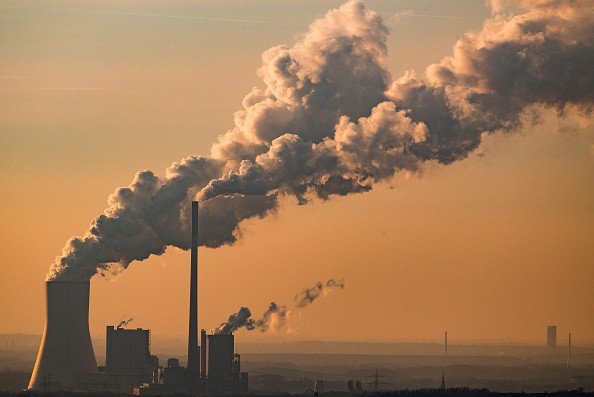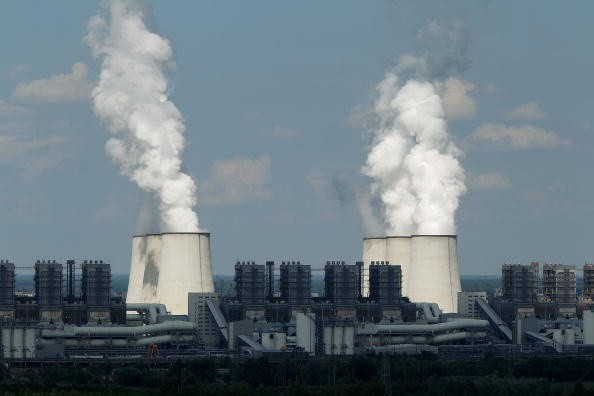In order to reverse the effects of climate change, even the most extreme reductions in CO2 concentrations in the atmosphere won't be enough, as per new study.

The Fundamentals of Carbon dioxide
Findings shows that the world may still have a significant effect on the severity of the change.
For 140 years, researchers studied the impact of increasing CO2 levels to 1,468 ppm (four times their present level) and then bringing them back down to where they are now over another 140 years using sophisticated climate model simulations, according to Science Alert.
According to their findings, as atmospheric CO2 levels begin to decline, the Intertropical Convergence Zone (ITCZ) moves southward, possibly resulting in more El Nio-like weather patterns in the future.
These permanent alterations in weather systems need to be taken into account in climate change planning, according to the team behind the research.
A climate scientist from the Pohang University of Science and Technology in South Korea states that it is hard to adequately represent the complex climate system if simply average world temperature and precipitation levels are taken into account when formulating mitigation strategies to avoid climate change, such as carbon neutrality or reduction.
Carbon dioxide and Climate Change
New study reveals the consequences of shifting climate change may not be as evident as previously thought, contrary to prior studies that suggested temperatures and precipitation may return to where they are currently, although over several hundred years.
These new models predict that even if CO2 levels fall, climate change will persist in certain regions of the planet. Even when CO2 levels declined dramatically, there was a 15% rise in precipitation in North and South America, for example, increasing the danger of floods.
A 20 percent decline in yearly precipitation in the Sahel zone, which covers southern Europe and the Sahara Desert, was seen even after a carbon dioxide reset.
Climate change will be worsened in the short term if the world does not address the long-term consequences of the already-emitted greenhouse gases, according to Kug.

What Happens After CO2 Rise?
Significant and far-reaching impacts may be had when the ITCZ moves. Among other things, it may affect, for example, the Hadley circulation, which serves as the basis for global atmospheric circulation (starting with warm air rising at the equator).
ITCZ is expected to remain in the Southern Hemisphere even if CO2 levels fall, according to studies. El Nio-like weather patterns in the Southern Hemisphere are projected to continue, while the Northern Hemisphere is predicted to cool.
Scientists can make better preparations and mitigations for climate change by having as much data as possible.
"Our study shows that the effects of CO2 that have already taken place will persist for longer than expected and that future CO2 emissions will bring about further delayed and irreversible effects," write the researchers in their published paper.
Related Article : Scientists are Saying that Removing CO2 from the Atmosphere is "No Longer Optional"
For more news, updates about carbon dioxide and similar topics don't forget to follow Nature World News!
© 2025 NatureWorldNews.com All rights reserved. Do not reproduce without permission.





